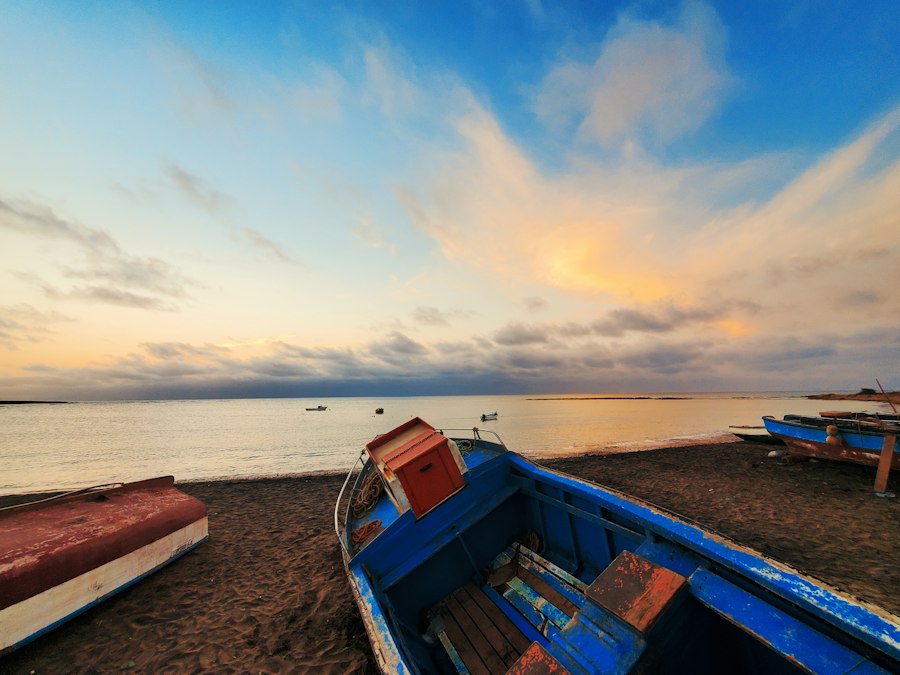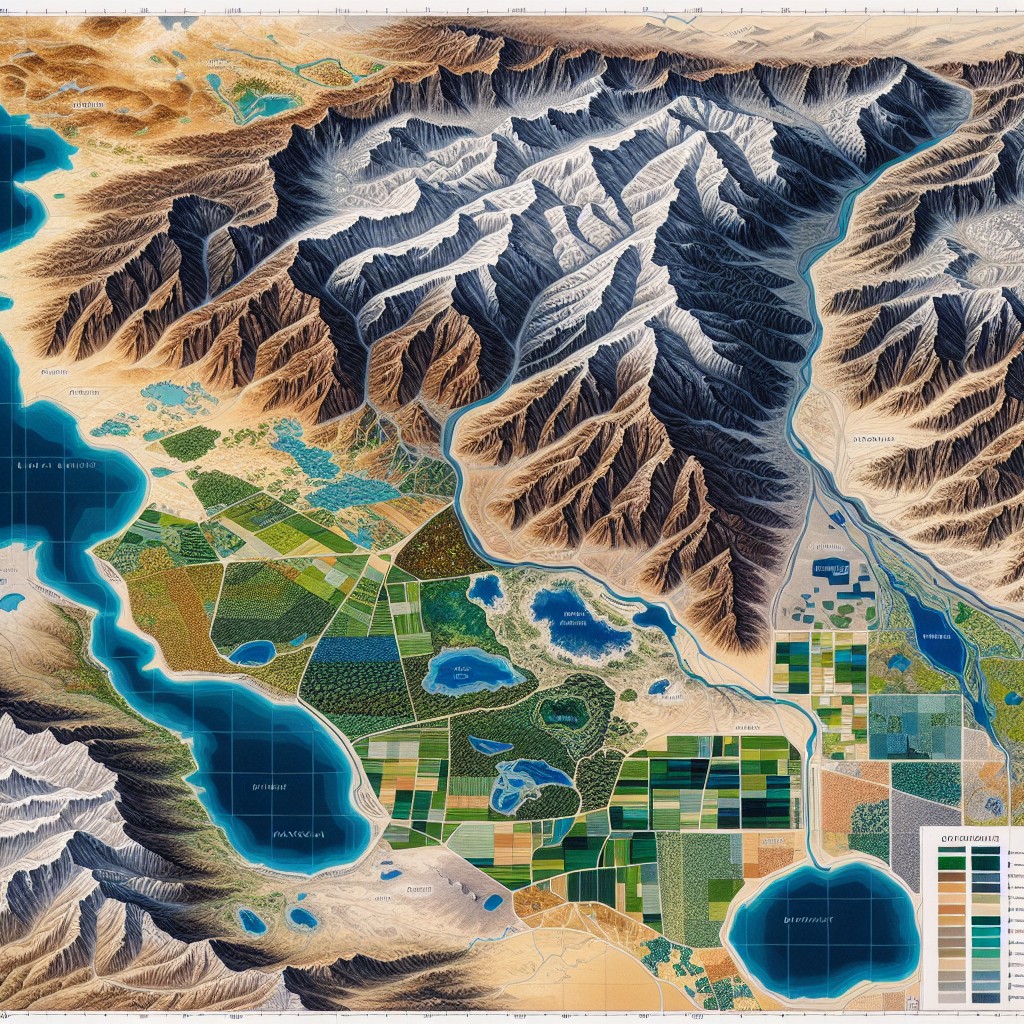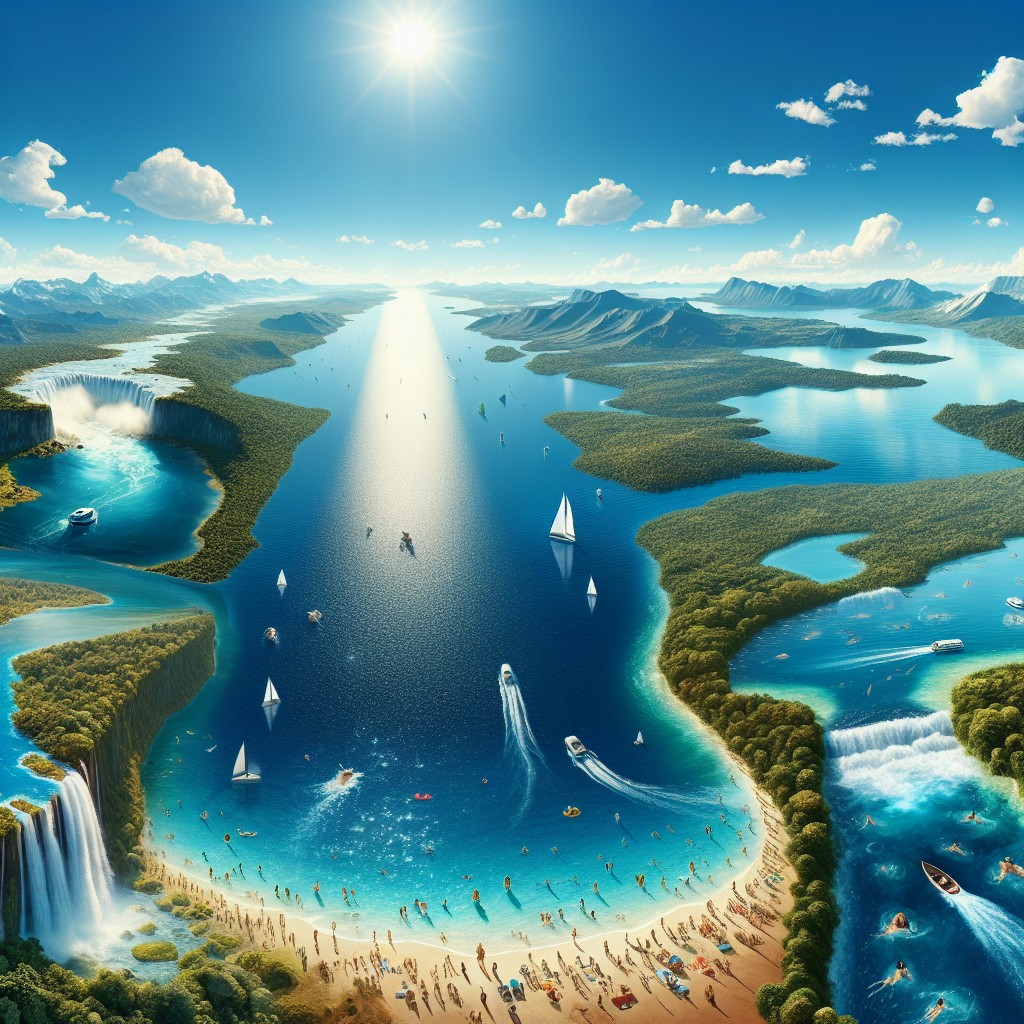Cabo Verde, also known as Cape Verde, is a hidden gem located off the coast of West Africa. This enchanting archipelago consists of ten islands and five islets, each offering its own unique beauty and charm. With its pristine beaches, rich history and culture, thrilling adventures, delicious cuisine, vibrant music and dance, and commitment to sustainable tourism, Cabo Verde is a destination that should not be missed.
Summary
- Cabo Verde is a hidden gem with enchanting islands, rich history and culture, unforgettable beaches, thrilling adventures, delicious cuisine, vibrant music and dance, and sustainable tourism practices.
- The archipelago offers a journey through the islands, each with its own unique charm and attractions.
- Cabo Verde’s history and culture are shaped by its African and Portuguese influences, with a blend of music, dance, and art.
- The beaches of Cabo Verde are pristine and offer a range of activities, from surfing to relaxing in the sun.
- Cabo Verde is a destination for adventure seekers, with opportunities for hiking, diving, and exploring the natural beauty of the islands.
The Enchanting Archipelago
Cabo Verde is made up of ten islands: Santiago, Santo Antão, São Vicente, São Nicolau, Sal, Boa Vista, Maio, Fogo, Brava, and Santa Luzia. Each island has its own distinct character and attractions. Santiago, the largest island and home to the capital city of Praia, offers a mix of beautiful beaches and historical sites. Santo Antão is known for its stunning landscapes and hiking trails. São Vicente is famous for its vibrant music scene and cultural festivals. São Nicolau is a paradise for nature lovers with its lush valleys and mountains. Sal and Boa Vista are renowned for their white sandy beaches and crystal-clear waters. Maio is a tranquil island with untouched beaches and a laid-back atmosphere. Fogo is dominated by an active volcano and offers breathtaking views. Brava is the smallest inhabited island and is known for its rugged coastline and charming villages.
The Rich History and Culture of Cabo Verde
Cabo Verde has a fascinating history that dates back to the 15th century when it was discovered by Portuguese explorers. The islands served as an important stopover point for ships traveling between Europe, Africa, and the Americas. This rich history can be seen in the colonial architecture found in cities like Cidade Velha on Santiago Island, which was once the capital of the Portuguese empire in West Africa.
The culture of Cabo Verde is a melting pot of influences from Africa, Europe, and the Americas. The islands have a vibrant music and dance scene, with genres like morna, coladeira, and funaná being popular. The traditional music of Cabo Verde is known for its soulful melodies and poetic lyrics. The islands also have a strong tradition of storytelling and oral history, which is passed down through generations.
The Unforgettable Beaches of Cabo Verde
| Beach Name | Location | Length (km) | Water Temperature (°C) | Activities |
|---|---|---|---|---|
| Santa Maria Beach | Sal Island | 2.5 | 22-26 | Swimming, Surfing, Kitesurfing |
| Praia de Chaves | Boa Vista Island | 18 | 22-26 | Swimming, Sunbathing, Walking |
| Praia de Santa Monica | Boa Vista Island | 18 | 22-26 | Swimming, Sunbathing, Walking |
| Praia de Curralinho | Santiago Island | 1.5 | 22-26 | Swimming, Sunbathing, Walking |
| Praia de Santa Maria | Boa Vista Island | 18 | 22-26 | Swimming, Sunbathing, Walking |
Cabo Verde is home to some of the most beautiful beaches in the world. Whether you’re looking for a secluded spot to relax or a beach with water sports and activities, there is something for everyone. Some of the top beaches to visit include Santa Maria Beach on Sal Island, Praia de Chaves on Boa Vista Island, and Tarrafal Beach on Santiago Island.
Santa Maria Beach is known for its powdery white sand and turquoise waters. It’s the perfect place to soak up the sun, go for a swim, or try your hand at water sports like windsurfing or kitesurfing. Praia de Chaves is a long stretch of golden sand that offers tranquility and stunning views. It’s a great spot for beach walks and picnics. Tarrafal Beach is located on the northern coast of Santiago Island and is known for its calm waters and picturesque setting. It’s a popular spot for snorkeling and diving.
The Thrilling Adventures of Cabo Verde
Cabo Verde offers a wide range of adventure activities for thrill-seekers. Whether you’re into hiking, surfing, diving, or exploring volcanic landscapes, there is something for everyone. Some of the best places to do these activities include Santo Antão for hiking, Sal for surfing, Boa Vista for diving, and Fogo for volcano trekking.
Santo Antão is a hiker’s paradise with its rugged mountains and scenic trails. The island offers a variety of hiking routes, ranging from easy walks to challenging treks. Sal is known for its world-class surfing conditions, with waves suitable for all levels of experience. Boa Vista is a popular diving destination, with its clear waters and abundant marine life. Fogo is home to Pico do Fogo, an active volcano that can be climbed with the help of a guide.
The Delicious Cuisine of Cabo Verde

Cabo Verdean cuisine is a fusion of African, Portuguese, and Brazilian influences. The islands are known for their fresh seafood, tropical fruits, and flavorful spices. Some traditional dishes to try include Cachupa, a hearty stew made with corn, beans, and meat or fish; Pastel com diabo dentro, a deep-fried pastry filled with spicy tuna; and Catchupa rica, a variation of Cachupa made with additional ingredients like sausage and vegetables.
There are also many excellent restaurants in Cabo Verde where you can sample the local cuisine. Some of the best restaurants to visit include Terra Sabe on Santiago Island, which offers traditional Cabo Verdean dishes with a modern twist; Marea on Sal Island, which specializes in seafood; and Morabeza Beach Club on Boa Vista Island, which offers beachfront dining and live music.
The Vibrant Music and Dance of Cabo Verde
Music and dance are an integral part of Cabo Verdean culture. The islands have produced many talented musicians and dancers who have gained international recognition. Morna is the national music genre of Cabo Verde and is known for its melancholic melodies and poetic lyrics. Cesária Évora, often referred to as the “Barefoot Diva,” is one of the most famous Cabo Verdean musicians who popularized morna around the world.
To experience the vibrant music and dance of Cabo Verde, you can visit local bars and clubs where live performances are held. Some of the best places to experience Cabo Verdean music and dance include B.Leza in Praia, Santiago Island, which is known for its live music nights; Café Musique in Mindelo, São Vicente Island, which offers a mix of traditional and contemporary music; and Morabeza Beach Club on Boa Vista Island, which hosts regular live music events.
The Best Places to Stay in Cabo Verde
Cabo Verde offers a range of accommodation options to suit every budget and preference. From luxury resorts to boutique hotels and guesthouses, there is something for everyone. Some of the best areas to stay in each island include Praia on Santiago Island, Mindelo on São Vicente Island, Santa Maria on Sal Island, and Sal Rei on Boa Vista Island.
Praia is the capital city of Cabo Verde and offers a range of accommodation options, from luxury hotels to budget guesthouses. It’s a great base for exploring the historical sites and cultural attractions of Santiago Island. Mindelo is known for its vibrant music scene and offers a variety of hotels and guesthouses. It’s a great place to stay if you want to experience the lively nightlife of São Vicente Island. Santa Maria is the main tourist hub on Sal Island and offers a range of beachfront resorts and hotels. It’s a popular destination for sun-seekers and water sports enthusiasts. Sal Rei is the main town on Boa Vista Island and offers a range of accommodation options, from beachfront resorts to budget guesthouses. It’s a great base for exploring the stunning beaches and natural landscapes of Boa Vista.
The Sustainable Tourism Practices in Cabo Verde
Cabo Verde is committed to sustainable tourism practices and has implemented various initiatives to protect its natural resources and promote responsible tourism. The islands have established marine protected areas to conserve their rich marine biodiversity. They have also implemented waste management programs to reduce plastic pollution and promote recycling. In addition, Cabo Verde has invested in renewable energy sources, such as wind and solar power, to reduce its carbon footprint.
Tourists can contribute to sustainable tourism in Cabo Verde by practicing responsible travel habits. This includes respecting the natural environment, conserving water and energy, supporting local businesses, and engaging in cultural exchanges with the local community. By being mindful of their impact on the environment and local communities, tourists can help preserve the beauty and authenticity of Cabo Verde for future generations.
The Future of Cabo Verde: A Sustainable and Responsible Destination
Cabo Verde has ambitious plans for the future of sustainable tourism. The islands aim to become a leading sustainable tourism destination in Africa by implementing innovative practices and promoting responsible travel. This includes investing in renewable energy, promoting eco-friendly transportation options, and supporting community-based tourism initiatives.
Tourists can support Cabo Verde’s sustainable tourism efforts by choosing eco-friendly accommodation options, participating in community-based tourism activities, and supporting local businesses that prioritize sustainability. By making conscious choices as tourists, we can contribute to the preservation of Cabo Verde’s natural beauty and cultural heritage.
Cabo Verde is a hidden gem that offers a unique blend of natural beauty, rich history and culture, thrilling adventures, delicious cuisine, vibrant music and dance, and a commitment to sustainable tourism. Whether you’re looking for a relaxing beach getaway or an action-packed adventure, Cabo Verde has something for everyone. By visiting this enchanting archipelago and supporting its sustainable tourism efforts, you can experience its hidden gems while making a positive impact on the environment and local communities. So pack your bags and get ready to discover the magic of Cabo Verde!
FAQs
What is Cabo Verde?
Cabo Verde, also known as Cape Verde, is an island country located off the coast of West Africa in the Atlantic Ocean.
How many islands make up Cabo Verde?
Cabo Verde is made up of 10 volcanic islands and 5 islets.
What is the capital city of Cabo Verde?
The capital city of Cabo Verde is Praia, located on the island of Santiago.
What is the official language of Cabo Verde?
The official language of Cabo Verde is Portuguese, but Cape Verdean Creole is also widely spoken.
What is the currency used in Cabo Verde?
The currency used in Cabo Verde is the Cape Verdean escudo.
What is the population of Cabo Verde?
As of 2021, the population of Cabo Verde is approximately 560,000 people.
What is the climate like in Cabo Verde?
Cabo Verde has a tropical climate with temperatures ranging from 22°C to 30°C. The country experiences a dry season from November to June and a rainy season from July to October.
What are the main industries in Cabo Verde?
The main industries in Cabo Verde include tourism, fishing, and agriculture.
Is Cabo Verde a member of the United Nations?
Yes, Cabo Verde became a member of the United Nations in 1975.


